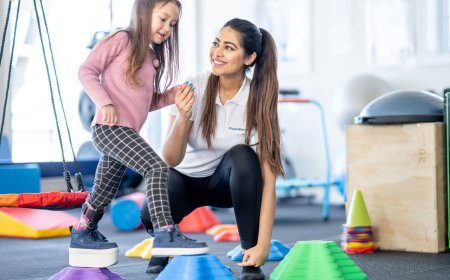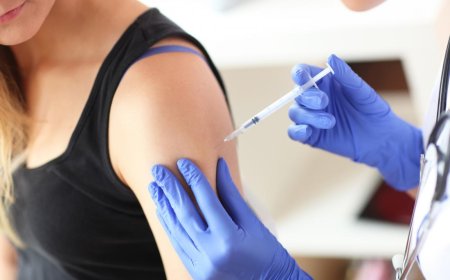First Aid and CPR: Essential Life-Saving Techniques Uncovered
This article will provide you with the fundamentals of first aid and CPR so you can understand just how critical these are.

Emergencies happen anytime and first aid and CPR can be a matter of life and death. It might be an accident in the car, heart attack or fall but knowing how to assist is a lifesaver for everyone involved. This article will provide you with the fundamentals of first aid and CPR so you can understand just how critical these are.
What is First Aid?
First aid is the initial care you administer to a sick or hurt individual until help comes. It's to preserve life, avoid further harm and to assist in recovery.
Some of the fundamental first aid steps are:
Treating the injured area so that it becomes safe
Calling for emergency services when required
Putting pressure to stop bleeding
Treating breaks, burns and cuts
Making the injured person comfortable
Obtaining first aid and CPR will allow you to respond quickly and properly in a crisis situation.
What is CPR?
CPR stands for Cardiopulmonary Resuscitation. It's a life-saving procedure that's given when the heart briefly stopped beating or the individual is apnoeic. CPR is done to maintain blood circulating to the brain and other vital organs until professional help arrives.
CPR includes:
Chest Compressions: Hard and rapid compressions on the middle of the chest
Rescue Breaths: Administering breaths to provide oxygen
With an AED: An Automated External Defibrillator will save the heart
Accurate first aid and CPR will double or triple a person's chances of surviving cardiac arrest.
Why Everyone Should Learn First Aid and CPR
Medical emergencies and accidents can occur anywhere; at home, at the office or somewhere else. Being first aid and CPR certified, you will be in a position to assist household members, office colleagues or even strangers when they are most critical.
Why you should learn:
Saving Lives: There is an increased chance of survival with immediate action
Reducing Recovery Time: Early action will avoid further injury
Boost in Confidence: You'll be ready for emergencies
Building Safer Communities: Trained for better safety outcomes for all
First Aid Kit Must-Haves
Being prepared is as simple as having a first aid kit at hand. A full kit should include:
Adhesive bandages and gauze
Antiseptic wipes and creams
Tweezers and scissors
Gloves and CPR face shield
Emergency blanket
Review your supplies regularly and replenish so you're always ready to lend a hand.
Conclusion
The most important thing anyone can know is how to do first aid and CPR. Whether youre doing chest compressions on a heart attack victim or helping a choking infant, your skills can be the difference between life and death. No additional knowledge or certification required, First Aid Canada has classes and info so youll be ready for anything.
FAQs
1. What is first aid and CPR?
First aid is instant treatment for wounds, and CPR is emergency assistance when a person is not breathing or has no pulse.
2. How long does it take to get CPR training?
Most CPR classes are 24 hours and involve practice on mannequins.
3. Do I require specialized equipment to do CPR?
You use only your hands for compressions but can use a CPR mask for rescue breaths.
4. How frequently should I get CPR certified?
Experts advise every 2 years as a way to keep your skills up to date.
5. Can kids learn first aid and CPR?
Yes, numerous programs teach basic skills to kids as young as 10.




































